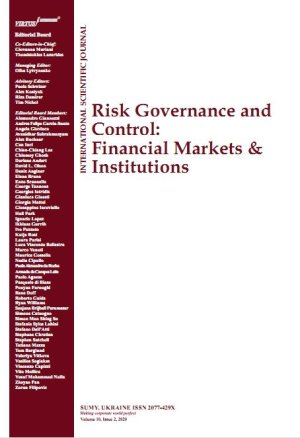
BANK LIQUIDITY RISK MANAGEMENT: A SOUTH AFRICAN SURVEY TO DETERMINE FUTURE CHANGE
Download This ArticleStephan Claassen, Johan H. Van Rooyen
Abstract
In 2008 the global financial system and, more particularly, the world banking system suffered a financial crisis worse than any earlier crises. The financial crunch brought to light that liquidity risk management in banks poses a problem, and that the world’s financial institutions will have to change their current practices as it relates to this risk. Apart from the importance of liquidity and the risk that it may cause, the integrated nature of all risks made banks more aware of the fact that none of these risks can be managed in isolation. For various reasons, South African banks were not as exposed to the problems experienced in the global context. However, SA banks may have learned new lessons from the crisis and may plan to change the way they manage liquidity risk in particular, in the future. In order to determine how SA banks perceive liquidity management and liquidity risk, a survey of all SA banks was carried out. The majority of respondents indicated that the financial crisis reminded them of the importance of liquidity risk management in the South African banking system as well as the global banking system. The majority of banks rate all the liquidity risk management tools as extremely important and rate corporate governance, strategy, policy and risk tolerance, liquidity risk measurement and intra-day liquidity as their number one priority. Basel III is generally perceived as being effective, but 30% of respondents perceived it as neither effective nor ineffective, because South African banks already have similar measures in place.
Keywords: Basel III, Bank Liquidity, Liquidity Risk Management
How to cite this paper: Claassen, S., & Van Rooyen, J. H. (2012). Bank liquidity risk management: A South African survey to determine future change. Risk Governance and Control: Financial Markets & Institutions, 2(3), 33-53. https://doi.org/10.22495/rgcv2i3art3



















